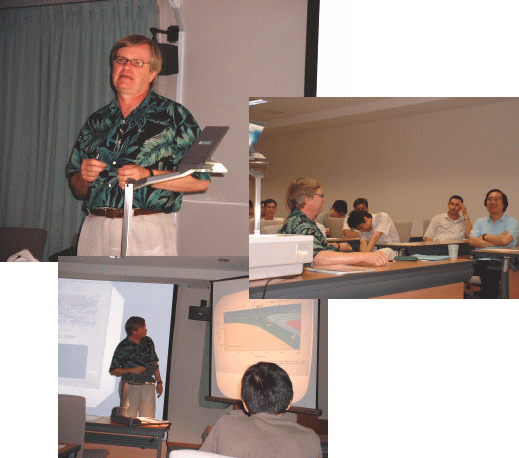
We propose that the relic serpentinized wedge in the former forearc mantle has relevance to the San Andreas fault (SAF) system to the south because this initially cold, serpentinized region is not stable after the Mendocino triple junction moves north and subduction ceases. This broad (about 100 km) wedge-shaped region should heat up by conduction and hence is expected to dehydrate over time and release water into the overlying crust. It takes from 10 Ma to over 20 Ma for water source to be exhausted. The SAF system may be positioned above this dehydrating mantle wedge. The total volume of water stored in the wedge is huge, estimated to be 0.6 to 1.2 Gm3/m of margin. Its release over time provides a deep source of water, possibly reducing the effective normal stress across this fault system, reducing the resistance to frictional sliding and, in turn, explaining the inferred low regional stresses and the lack of a heat-flow anomaly. The dehydrating wedge may also be a deep source region for serpentinite slivers that occur along the SAF System. The effectiveness of this water source in elevating pore pressures to near lithstatic depends on the distribution of permeabilities of the crust above the wedge relative to the water release rate.
お問い合わせ先: irifune@dpc.ehime-u.ac.jp TEL 089-927-9645
詳細情報:http://www.ehime-u.ac.jp/~grc/
主催:愛媛大学地球深部ダイナミクス研究センター